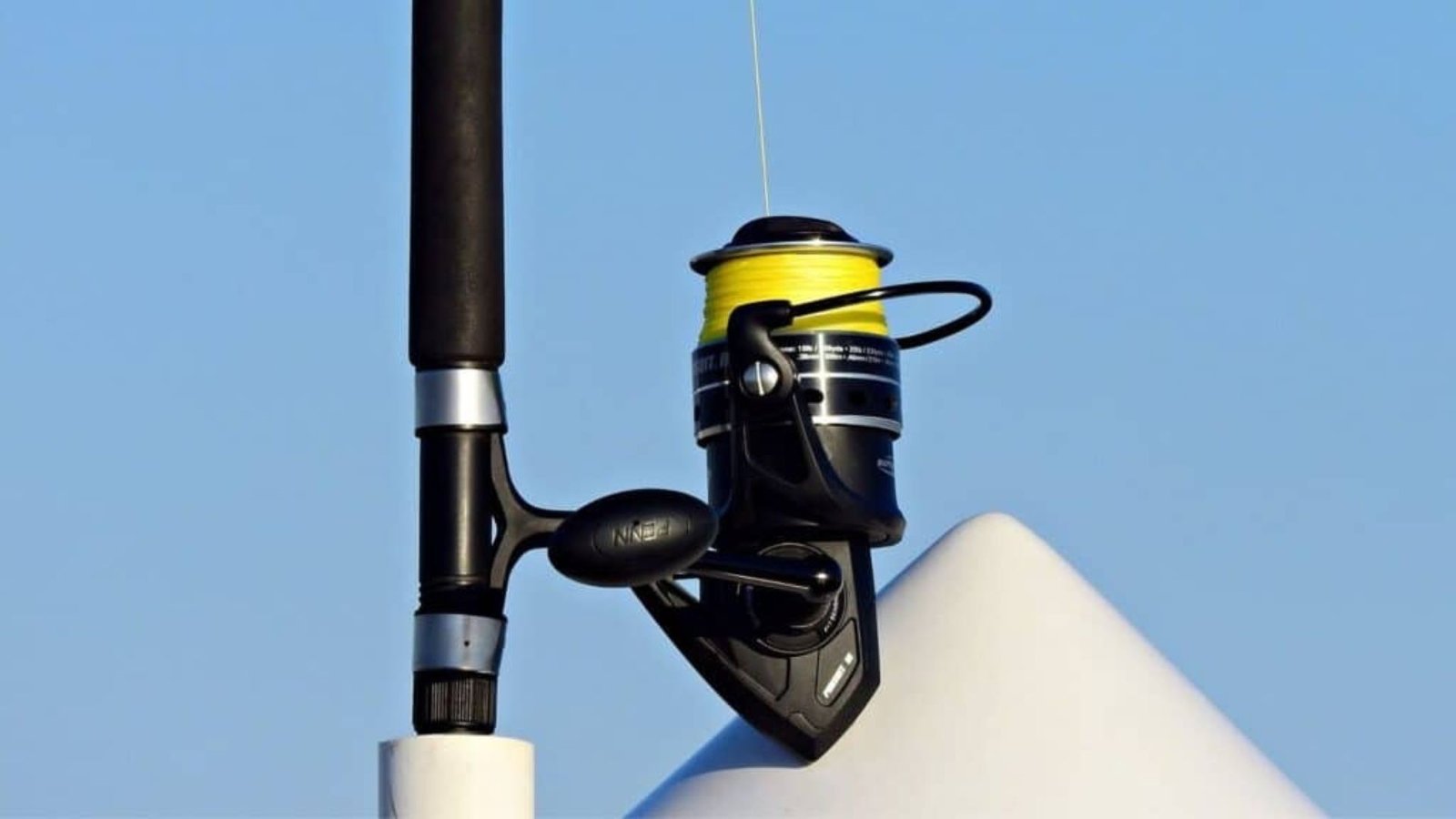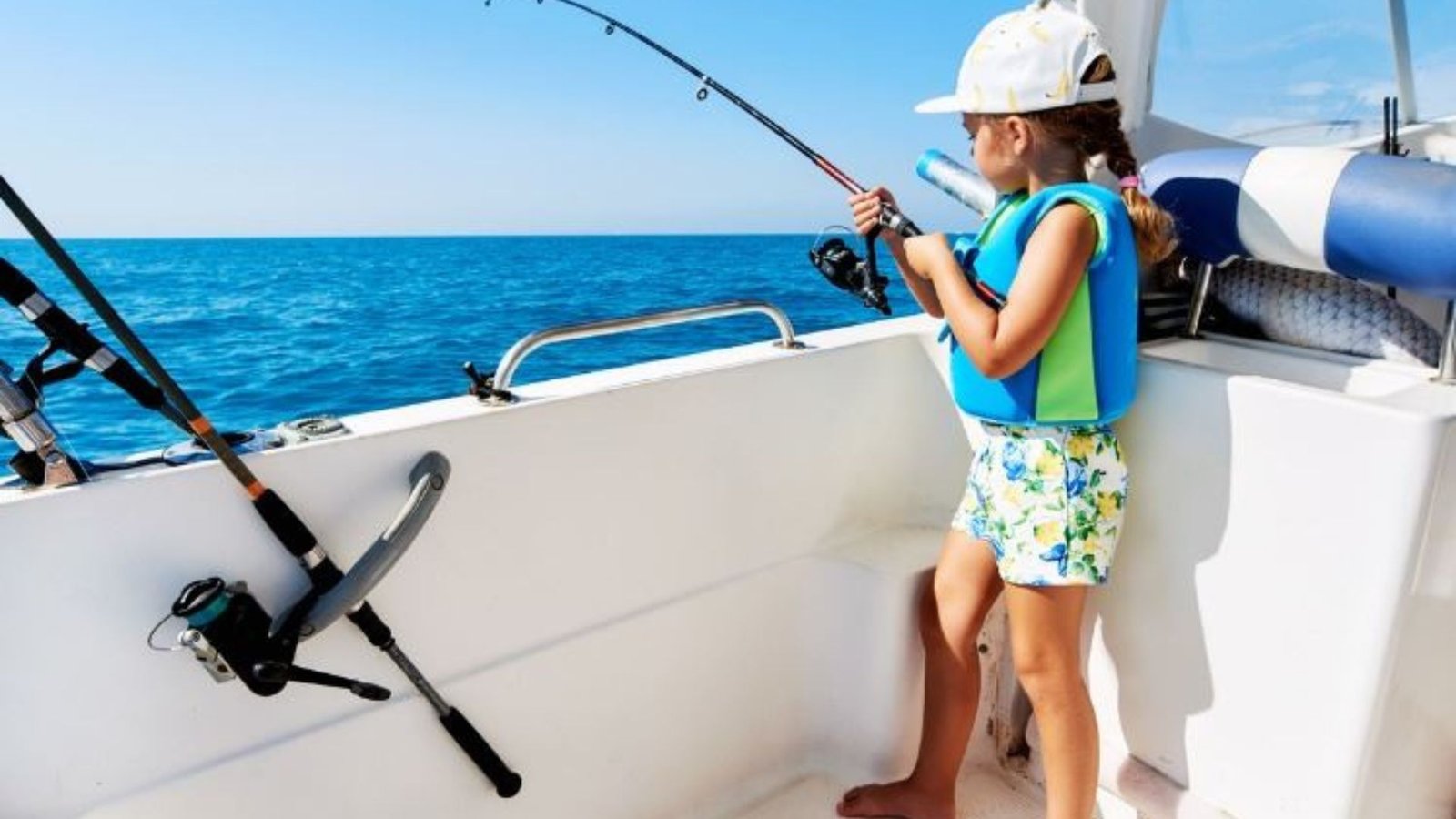Essential Fishing Rod Maintenance Tips
|
Getting your Trinity Audio player ready...
|
Fishing rod maintenance is not just about keeping equipment in top condition; it’s about preserving the angler’s skills and passion for the sport. A well-maintained fishing rod can elevate a fishing trip from frustrating to successful, making every cast and reel a joyous experience. With proper care and attention, anglers can ensure their fishing rods perform at their best for years to come. In this comprehensive guide, we’ll explore essential maintenance tips to help preserve the performance and longevity of your fishing rod.
Cleaning Your Fishing Rod
Regular cleaning is the cornerstone of fishing rod maintenance. Over time, dirt, debris, and salt build-up can accumulate on your rod, affecting its performance and durability. To clean your fishing rod, start by gently wiping down the rod blank, guides, and reel seat with a soft cloth dampened with mild soap and water. Pay particular attention to the guides, as any debris can cause friction and impact casting performance. Rinse the rod thoroughly with fresh water and dry it with a clean towel before storing it.

Inspecting Guides and Reel Seat
Periodic inspection of your fishing rod’s guides and reel seat is essential to identify any signs of damage or wear. Check each guide for cracks, chips, or corrosion, as these issues can compromise the rod’s structural integrity and affect casting accuracy. Similarly, inspect the reel seat for any signs of damage or corrosion, paying attention to the threads and locking mechanism. Replace any damaged guides or reel seats promptly to prevent further damage and ensure smooth casting and reeling.
Maintaining Reel Performance
The reel is another critical component of your fishing setup, so it’s essential to maintain its performance. Regular lubrication of the reel gears and bearings is necessary to ensure smooth operation and prevent premature wear. Use a high-quality reel oil or grease to lubricate the gears and bearings, following the manufacturer’s recommendations. Check the reel handle, spool, and drag system for any signs of wear or corrosion, and address any issues promptly to prevent performance issues on the water.
Protecting Rod Finish
The finish of your fishing rod plays a vital role in protecting it from environmental elements and wear. To maintain the rod’s finish, avoid dragging it across abrasive surfaces or banging it against hard objects. When transporting your rod, use a protective rod sleeve or case to prevent scratches and dings. Additionally, consider applying a protective coating or wax to the rod’s finish to provide an extra layer of protection against UV rays and saltwater corrosion.
Storing Your Fishing Rod Properly
Proper storage is crucial for maintaining the performance and longevity of your fishing rod. Store your rod in a dry, climate-controlled environment away from direct sunlight and extreme temperatures. Avoid leaning rods against walls or other objects, as this can lead to bending or warping of the rod blank. Consider investing in a rod rack or wall mount to keep your rods organized and protected when not in use. Additionally, store your reels with the drag loosened to prevent unnecessary tension on the reel’s internal components.
Handling and Transporting with Care
Handle your fishing rod with care to avoid accidental damage. When transporting your rod, use a rod tube or protective case to prevent it from getting crushed or bent. Secure the rod in your vehicle to prevent it from sliding around or falling over during transit. When casting, avoid high-impact collisions with rocks, trees, or other obstacles that can cause damage to the rod blank or guides. By handling and transporting your rod with care, you can prolong its lifespan and ensure optimal performance on the water.
Replacing Worn Components
Over time, components such as rod guides, reel seats, and grips may wear out and require replacement. Inspect these components regularly and replace any that show signs of excessive wear or damage. Upgrading to high-quality, durable components can enhance the performance and longevity of your fishing rod. When replacing guides, consider upgrading to modern materials such as titanium or ceramic for improved durability and casting performance. Similarly, upgrading to a premium reel seat can provide better stability and grip for your reel, enhancing overall performance on the water.
Regular Maintenance Routine
Developing a regular maintenance routine for your fishing rod is key to preserving its performance and longevity. Schedule periodic cleaning and inspection sessions to ensure that your rod is in top condition. After each fishing trip, rinse your rod thoroughly with fresh water to remove any saltwater or debris. Store your rod in a dry, climate-controlled environment and avoid exposing it to extreme temperatures or direct sunlight. Additionally, lubricate the reel gears and bearings regularly to ensure smooth operation and prevent premature wear. By staying proactive with maintenance, you can catch more fish and enjoy your fishing experiences to the fullest.
Conclusion
In conclusion, proper maintenance is essential for preserving the performance and longevity of your fishing rod. By following these essential maintenance tips, you can ensure that your rod remains in top condition for years to come. Whether you’re a seasoned angler or just starting, investing time and effort into maintaining your fishing rod will pay off in better performance and more enjoyable fishing experiences. Remember to clean your rod regularly, inspect guides and reel seats for damage, maintain reel performance, protect the rod finish, store your rod properly, handle and transport with care, replace worn components, and develop a regular maintenance routine. With these tips in mind, you’ll be well-equipped to keep your fishing rod performing at its best on the water.
You might be interested in:
- A Comprehensive Guide to the Best Fishing Rods
- Fishing Safety: A Comprehensive Guide
- Marine Fishing Equipment Buying Tips
- Items Every Fisherman Should Own

